Embracing the Future of Healthcare Through Telehealth
The rapid expansion of telehealth has revolutionized chronic disease management and wellness promotion, offering innovative ways for patients and providers to connect beyond traditional settings. With various modes of online consultations, digital health devices, and integrated care programs, telehealth enhances accessibility, improves clinical outcomes, and fosters proactive health management.
Diverse Modes of Telehealth Consultations for Chronic Disease Management
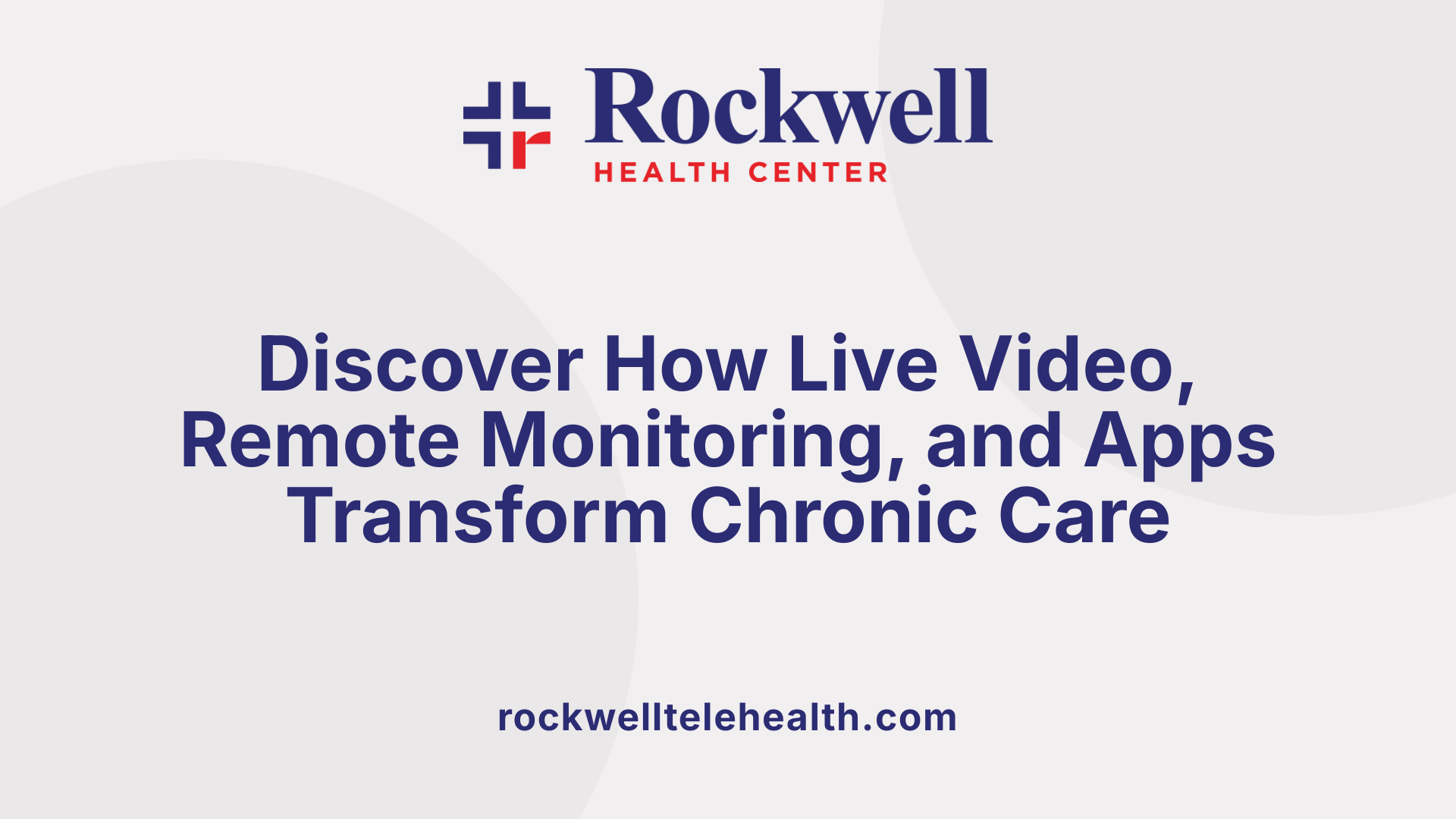
What types and modes of online consultations are available for managing chronic conditions?
Managing chronic diseases through telehealth involves a variety of digital communication methods, each tailored to meet specific patient needs and clinical scenarios.
One common approach is live videoconferencing, where patients and healthcare providers engage in real-time, two-way audiovisual conversations. This mode is ideal for follow-up visits, explaining test results, or providing telebehavioral health services. It allows for immediate interaction, assessment, and personalized feedback.
In addition to real-time video, asynchronous or store-and-forward messaging offers another flexible option. Patients can upload symptom logs, lab results, or detailed descriptions of their condition at their convenience, enabling providers to review and respond later. This method supports ongoing monitoring without requiring simultaneous presence, making it suitable for routine check-ins and managing stable chronic conditions.
Remote Patient Monitoring (RPM) utilizes digital devices to continuously track vital signs such as blood pressure, blood sugar, or weight. These devices automatically send data to healthcare providers, who can analyze trends and make timely adjustments to treatment plans. RPM is particularly effective for conditions like hypertension, diabetes, or heart failure.
Mobile health (mHealth) applications further enhance chronic disease management. These apps often include features like medication reminders, educational content, progress tracking, and direct messaging with care teams. They promote self-management and keep patients engaged between clinical visits.
Lastly, audio-only communication via telephone calls remains a significant telehealth modality. It provides accessible, quick, and confidential contact, especially useful for patients with limited internet bandwidth or those uncomfortable with video calls.
Some telehealth systems also include provider-to-provider consultations, which facilitate specialist input or collaborative care planning. Patient portals and dedicated mobile apps act as platforms for communication, documentation, and education, enabling continuous, personalized management tailored to each individual's conditions.
By integrating these various modes—ranging from real-time video to asynchronous messaging and remote monitoring—telehealth offers a comprehensive approach to supporting patients with chronic illnesses across diverse settings and circumstances.
The Benefits of Telehealth in Chronic Disease Management and Wellness Enhancement
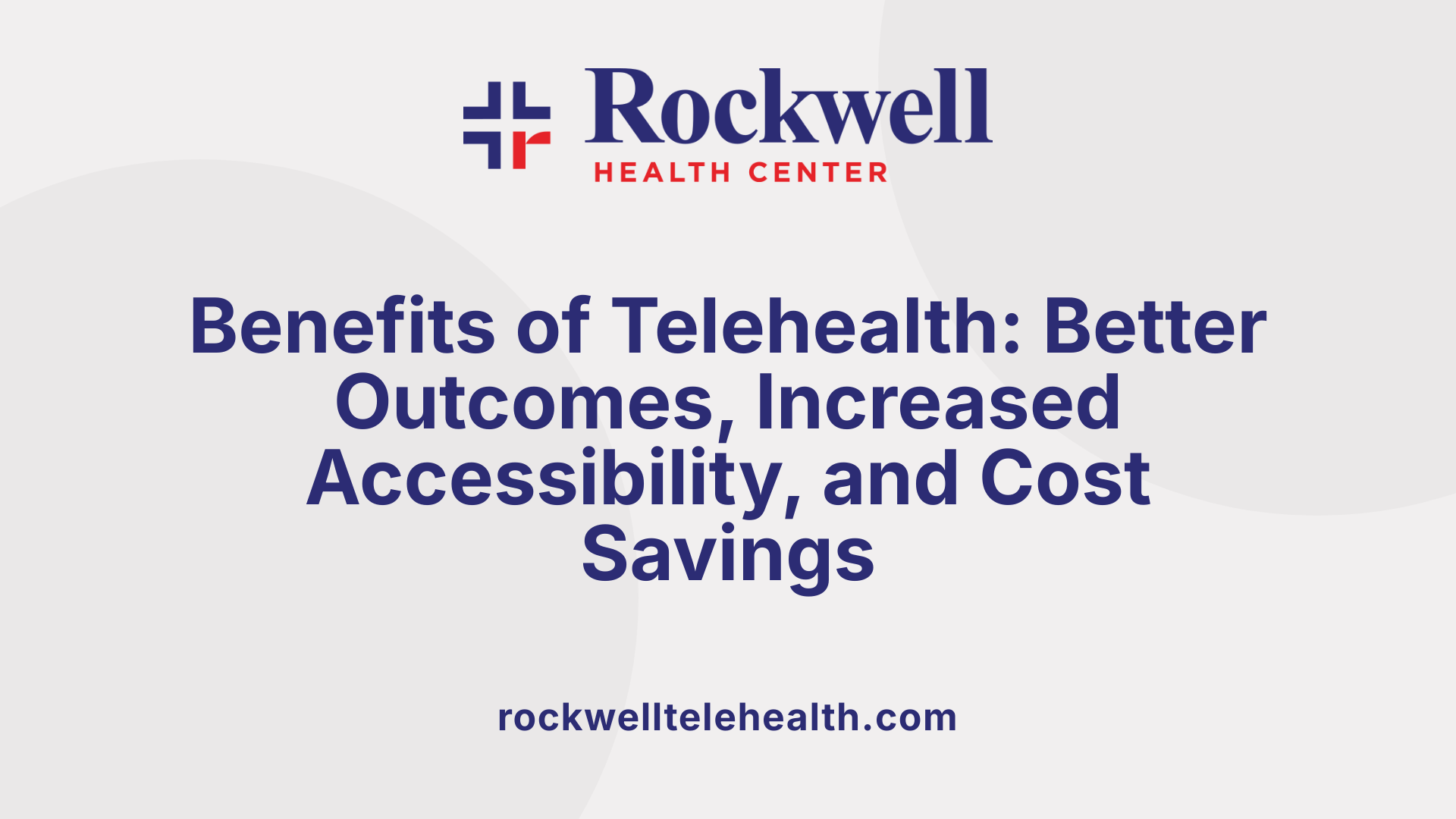
What are the benefits of telehealth for managing chronic diseases and promoting overall wellness?
Telehealth significantly improves how we manage chronic conditions and promote overall health. It increases access to healthcare by allowing patients, especially those with mobility issues or living in remote areas, to connect with healthcare providers without the need for travel.
This approach supports ongoing monitoring, such as tracking blood pressure, blood sugar, and other vital signs. Using tools like remote patient monitoring (RPM) devices and mobile health apps, patients can share health data in real time. This continuous oversight helps catch issues early and adjust treatments promptly.
Studies show that telehealth interventions lead to better medication adherence, which is crucial for effective chronic disease management. Educational features, tailored health advice, and reminders boost patient engagement and lifestyle changes.
Clinical outcomes like improved blood pressure control and better dietary habits (increased fruit and vegetable intake and reduced sodium consumption) have been documented. These improvements help prevent complications associated with conditions like hypertension, diabetes, and heart disease.
Beyond health benefits, telehealth offers cost savings for patients and healthcare systems by reducing hospital visits, emergency care, and transportation expenses. It also has environmental advantages by decreasing travel-related emissions.
Moreover, telehealth empowers patients by involving them actively in their health care. Customized digital education, symptom tracking, and direct communication with providers foster better understanding and self-management.
Despite these advantages, addressing barriers such as technology access and health disparities remains essential. Ensuring equitable access can help maximize telehealth's potential to transform chronic disease management and promote healthier communities.
Supporting Ongoing Health Management and Improving Outcomes with Telehealth
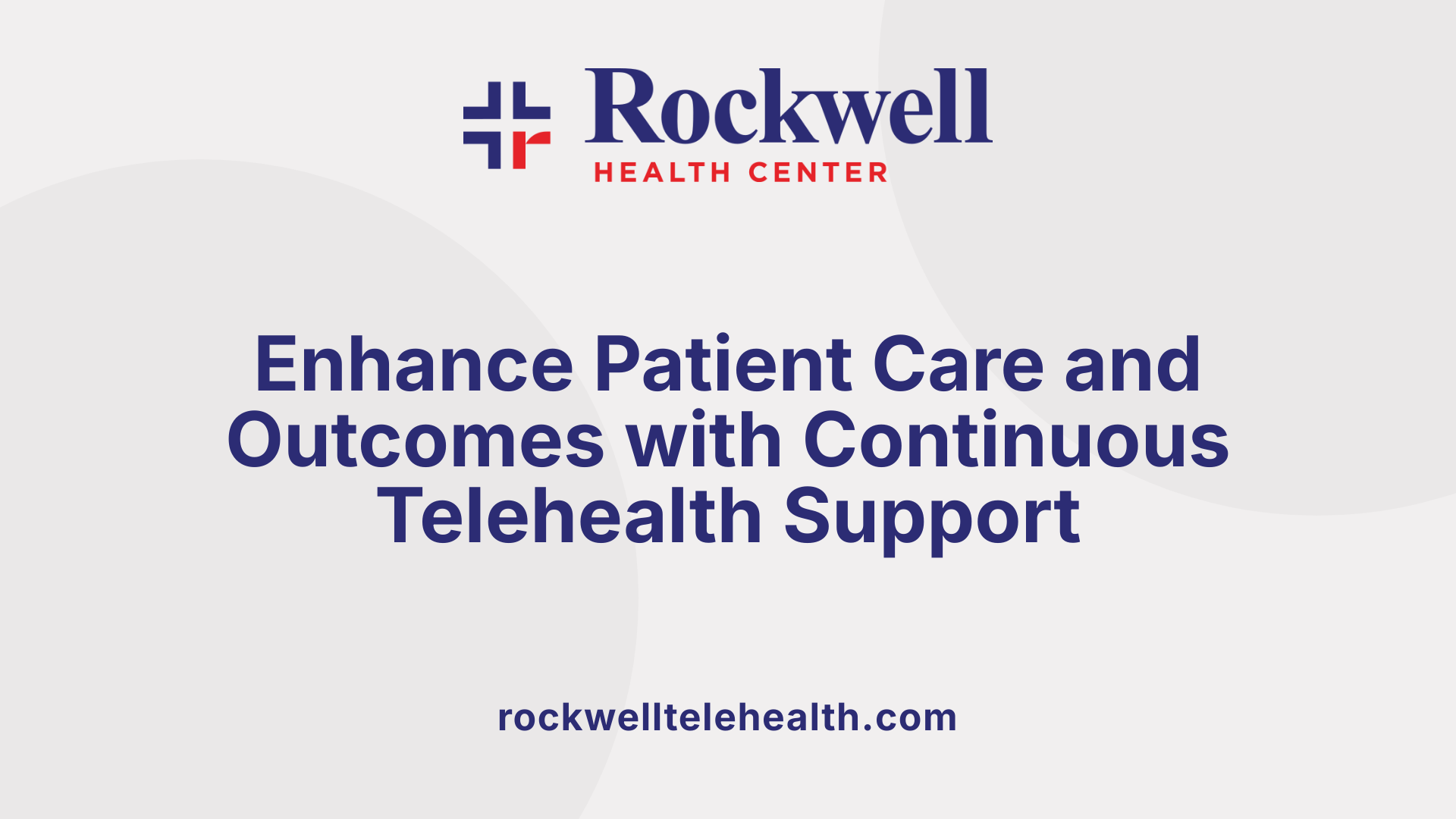
How does telehealth support ongoing health management and improve patient outcomes?
Telehealth plays a significant role in managing chronic diseases by providing tools and systems that allow continuous oversight of health conditions. Remote monitoring devices track vital signs such as blood pressure, blood sugar levels, and weight, enabling patients and providers to catch early signs of deterioration and intervene promptly.
Digital tools like apps and web-based platforms facilitate patient education, helping individuals understand their conditions better and adopt healthier behaviors. For example, programs like Omada offer personalized coaching, lessons, and Peer support, empowering patients to build sustainable healthy habits.
Hybrid care models that combine in-person visits with virtual consultations enhance the overall quality of care. Patients can have routine check-ins via video, receive guidance, and manage medications without frequent trips to the clinic. This integrated approach has shown to improve clinical outcomes such as better blood pressure control, lower HbA1c levels, and increased medication adherence.
Quick access to virtual consultations is especially important for urgent issues or mental health support. Platforms like Doctor On Demand and MinuteClinic Virtual Care offer 24/7 availability for common illnesses, chronic disease management, and mental health concerns, reducing the need for emergency room visits and facilitating timely care.
The benefits extend beyond direct health improvements. Telehealth reduces healthcare costs by minimizing travel and in-clinic visits, decreasing hospitalizations, and preventing complications. It also enhances healthcare access for rural and underserved populations, promoting health equity.
In summary, telehealth supports continuous, patient-centered care that improves clinical outcomes, enhances patient engagement, and reduces overall healthcare costs. Its flexible, accessible nature makes it a vital component of modern chronic disease management.
Virtual Care Programs and Services: A Comprehensive Approach
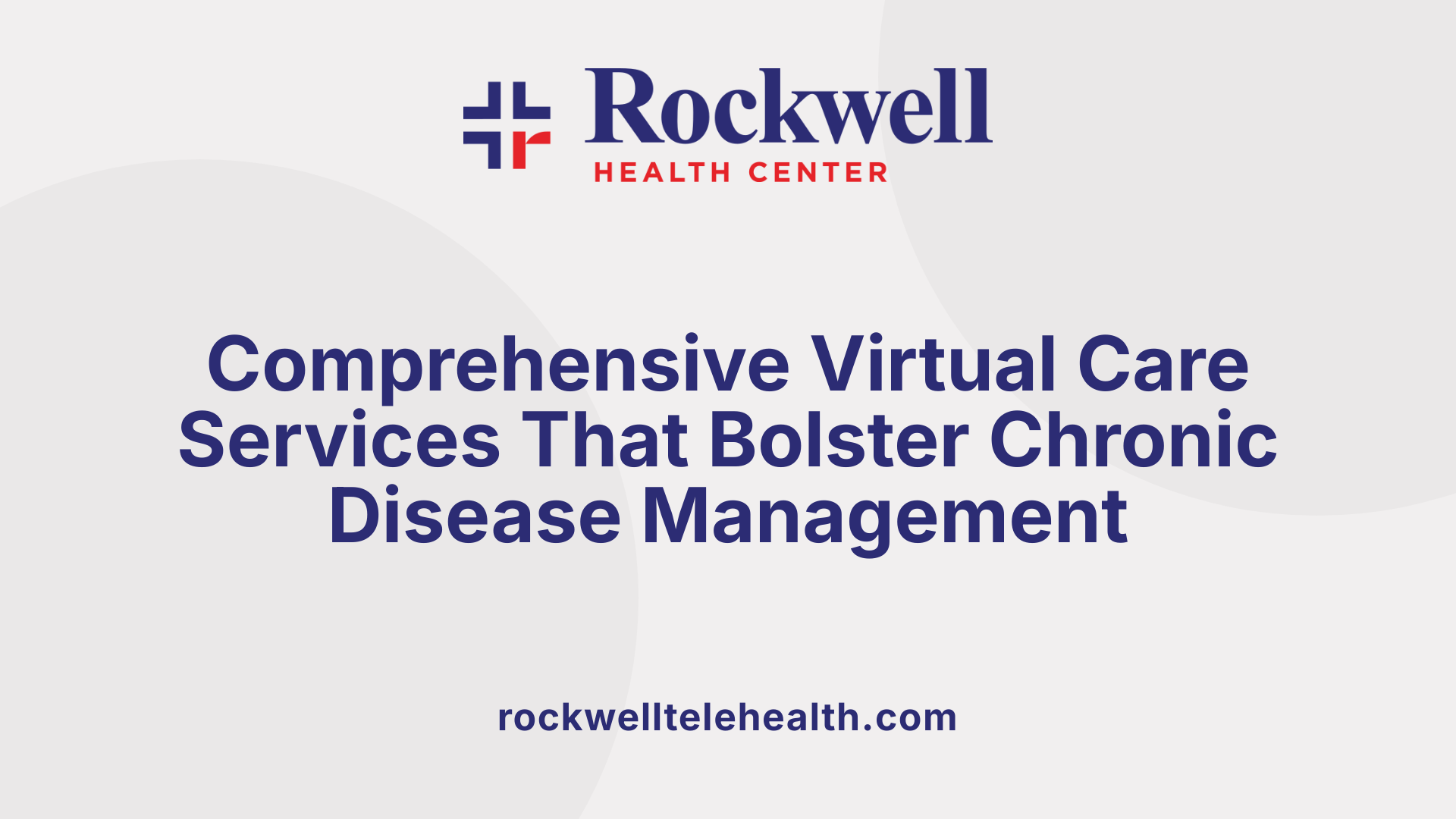
What are virtual care programs and services available for chronic disease management and wellness promotion?
Virtual care programs provide a versatile array of services designed to help patients manage chronic conditions and stay healthy. These programs typically include remote monitoring of vital signs such as blood pressure, blood sugar levels, and weight, using digital devices that automatically send data to healthcare providers. This continuous data flow helps in early detection of health issues and enables timely intervention.
In addition to remote monitoring, virtual visits—conducted via live video or asynchronous communication—are common features. These sessions offer routine check-ins, follow-up appointments, and health education without requiring in-person visits, making care more accessible and convenient.
Educational resources and symptom logs are often accessible through secure mobile apps and patient portals. These tools empower patients to track their health, share updates with providers, and receive personalized coaching and support. Provider-to-provider telehealth also enhances multidisciplinary collaboration, ensuring team-based care optimization.
Programs like MetroHealth’s Virtual Chronic Disease Management (VCDM), Teladoc, and Aurora Health at Home exemplify integrated virtual care. They combine remote monitoring, educational content, mental health support, and multidisciplinary collaboration to improve health outcomes and patient engagement.
The Critical Role of Telehealth in Patient Education, Remote Monitoring, and Specialized Care
What is the role of telehealth in patient education, remote monitoring, and specialized chronic disease programs?
Telehealth is transforming how healthcare providers support patients managing chronic conditions. It enhances patient education by providing tailored digital interventions such as web-based applications, text messaging, and interactive content. These tools deliver personalized health information, reminders, and behavioral prompts that encourage patients to adhere to medication regimens, adapt healthier lifestyles, and better understand their conditions.
In addition, telehealth enables remote monitoring of vital signs and symptoms through digital devices like blood pressure cuffs, glucose monitors, and pulse oximeters. Continuous data sharing between patients and providers helps identify issues early, allowing timely interventions. For example, programs for managing heart failure, COPD, and diabetes use remote monitoring to track health metrics regularly, improving outcomes.
Specialized programs, such as those for heart failure, hypertension, and diabetes, utilize telehealth features to deliver customized care plans. These initiatives often combine remote monitoring, teleconsultations, and education sessions, improving patient engagement while reducing hospital visits. Virtual care platforms like Aurora Health at Home and MetroHealth’s VCDM serve specific conditions by providing in-home assessments, health education, and symptom evaluation.
How does telehealth enhance patient-provider communication?
Telehealth improves communication by offering multiple methods: live videoconferencing, store-and-forward communication, and asynchronous sharing of health logs. Patients can easily connect with their healthcare providers via video or phone, making follow-up appointments and routine check-ins more accessible.
Providers can review symptom logs, lab results, or diet and exercise journals shared asynchronously, promoting continuous engagement without real-time interaction. Provider-to-provider telehealth also enables collaboration among healthcare teams, ensuring comprehensive, coordinated care.
What about cost efficiencies and workflow improvements?
Implementing telehealth reduces the need for in-person visits, saving time and travel costs for patients. It also streamlines clinical workflows by enabling remote assessments, digital documentation, and quick communication among care team members.
Many services accept insurance or offer low-cost options, making telehealth an economical choice for long-term disease management. Overall, these efficiencies benefit both healthcare providers and patients, leading to higher-quality care and better health outcomes.
Assessing the Effectiveness of Online Consultations in Chronic Disease and Wellness Maintenance
How effective is online consultation for chronic disease management and overall wellness?
Telehealth and online consultation services have become increasingly vital in managing chronic health conditions and promoting overall wellness. These virtual care systems include a variety of delivery methods such as live video appointments, remote patient monitoring, and digital health applications. Evidence suggests that they significantly improve crucial clinical outcomes. For instance, patients with diabetes and hypertension often experience better control of their HbA1c levels and blood pressure through regular remote monitoring and digital interventions.
Beyond clinical metrics, telehealth positively impacts patients' quality of life across physical, mental, and social dimensions. Meta-analyses reveal consistent improvements in these areas, indicating that virtual interactions contribute to enhanced mental health, social engagement, and physical wellbeing. This comprehensive approach supports patients in managing their conditions more effectively.
Medication adherence is another area where telehealth shows considerable benefits. Regular virtual check-ins, tailored health education, and digital reminders help patients stick to their prescribed regimens, reducing complications and hospital visits. Moreover, these systems often lead to decreased healthcare utilization by enabling early detection of issues and reducing unnecessary emergency or in-person visits.
Access to care is markedly improved, especially for populations in rural or underserved areas, where transportation or mobility issues may hinder traditional healthcare access. Telehealth bridges this gap, providing timely support and follow-up from home.
Patient satisfaction and engagement tend to increase with hybrid models that combine in-person visits with virtual consultations. Patients appreciate the convenience, flexibility, and continuous support, which collectively foster higher engagement and better health management.
While some studies report limited effects on hospitalization rates or mental health measures for certain populations, the overall evidence supports the use of online consultations as a valuable component of long-term chronic disease management. These programs, including diabetes, hypertension, cardiovascular disease, and mental health disorders, demonstrate that virtual care can complement traditional treatment pathways effectively.
In conclusion, telehealth platforms strengthen the foundation of chronic disease care by improving clinical outcomes, enhancing quality of life, promoting medication adherence, and increasing accessibility. As technology advances, the integration of online consultation into standard care is expected to grow, further supporting patient wellness and health sustainability.
Harnessing the Power of Telehealth for Better Health Outcomes
The integration of online consultations and telehealth systems into chronic disease management and wellness promotion has demonstrated remarkable benefits across numerous dimensions, from improved clinical outcomes and patient engagement to increased access and cost efficiency. As technology advances and remote monitoring becomes more sophisticated, the potential for personalized, continuous, and holistic care expands, making healthcare more accessible, effective, and patient-centered than ever before. Embracing these digital health solutions will be crucial for healthcare systems to meet the evolving needs of diverse populations and ensure equitable, high-quality care for all.
References
- Telehealth Interventions to Improve Chronic Disease
- Managing chronic conditions through telehealth
- Doctor On Demand® Telehealth: 24-Hour Online Doctor
- Omada Health: Manage Chronic Conditions & Embrace Your ...
- Chronic Disease Management at Home
- Virtual Chronic Disease Management
- MinuteClinic Virtual Care
- How Telehealth is Revolutionizing Chronic Disease ...
- Telemedicine can revolutionize the treatment of chronic ...
- Telehealth Interventions to Improve Chronic Disease



















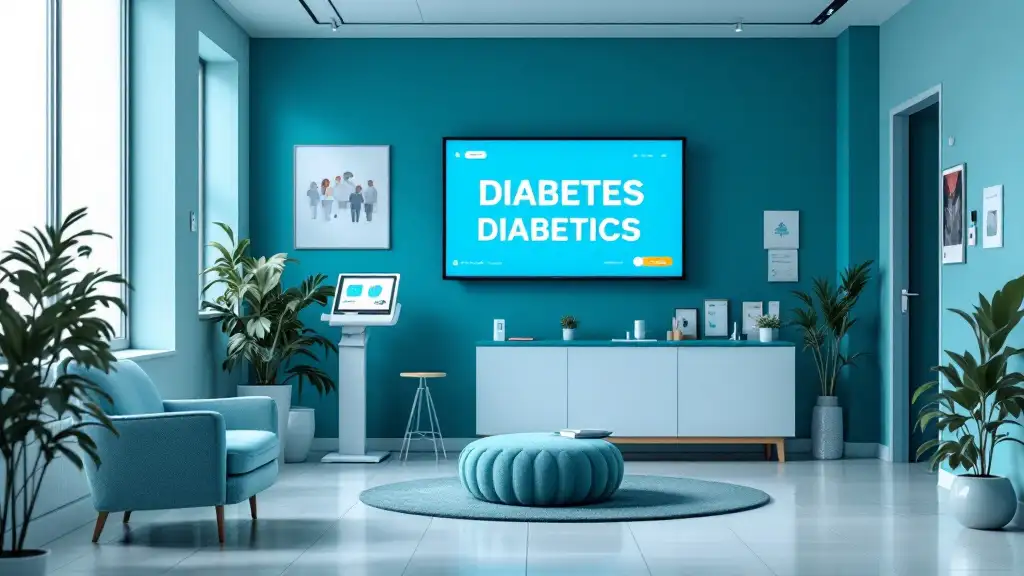
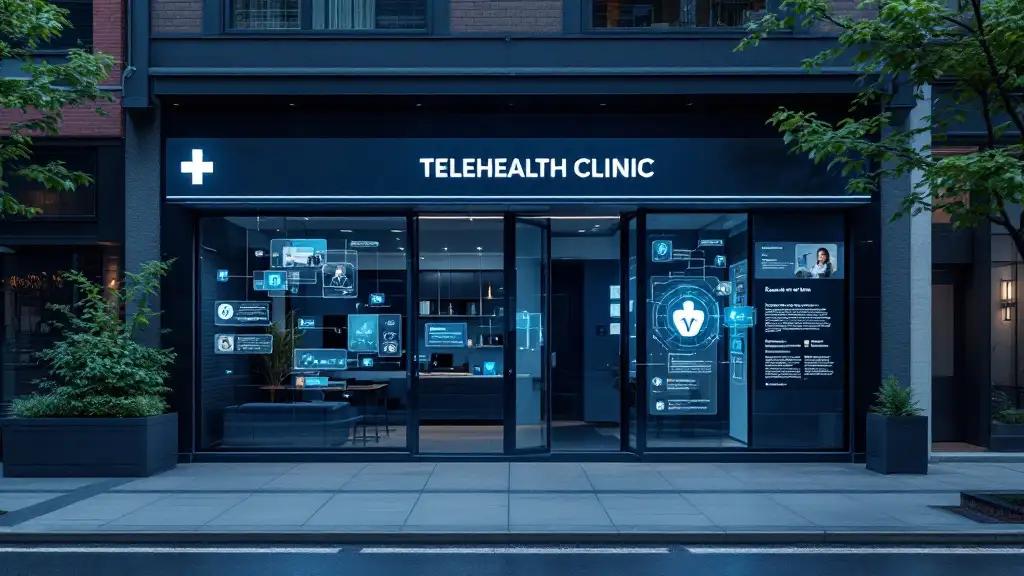













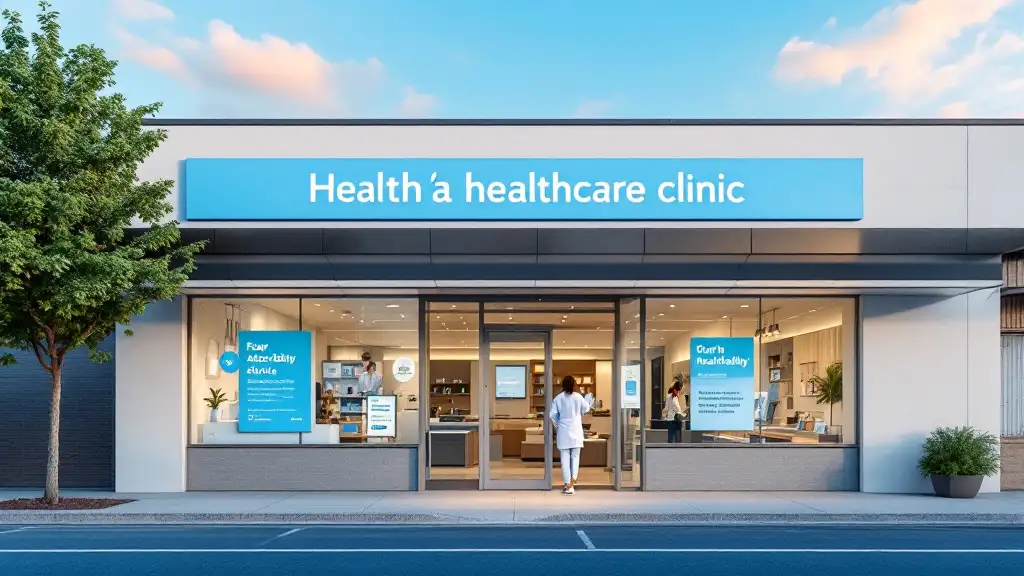











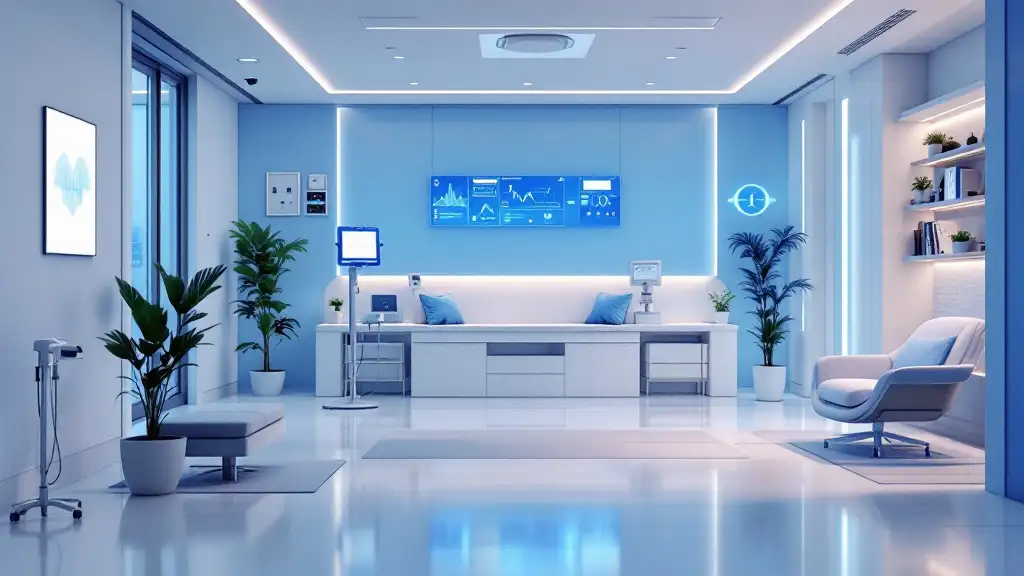







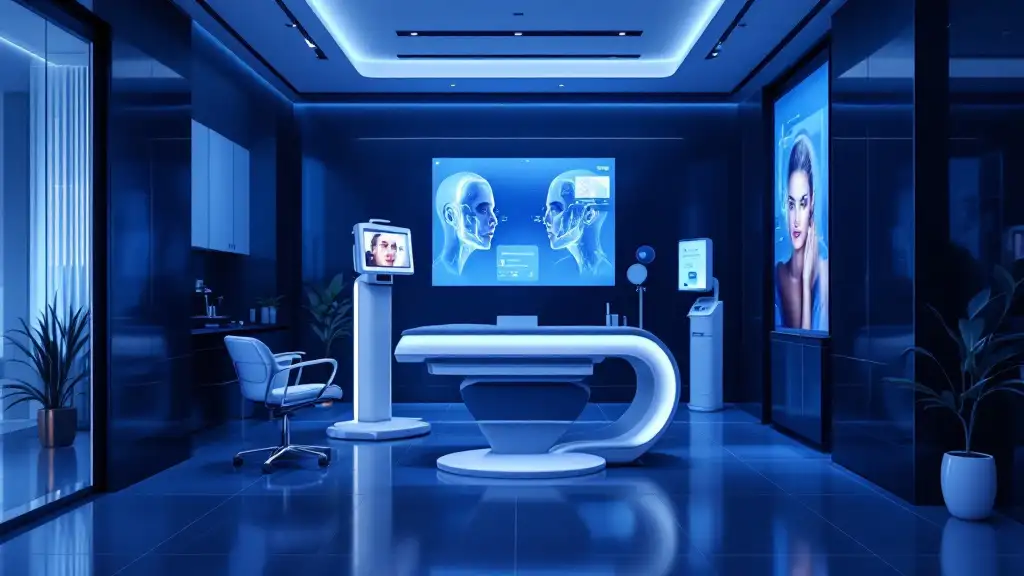

































.png)